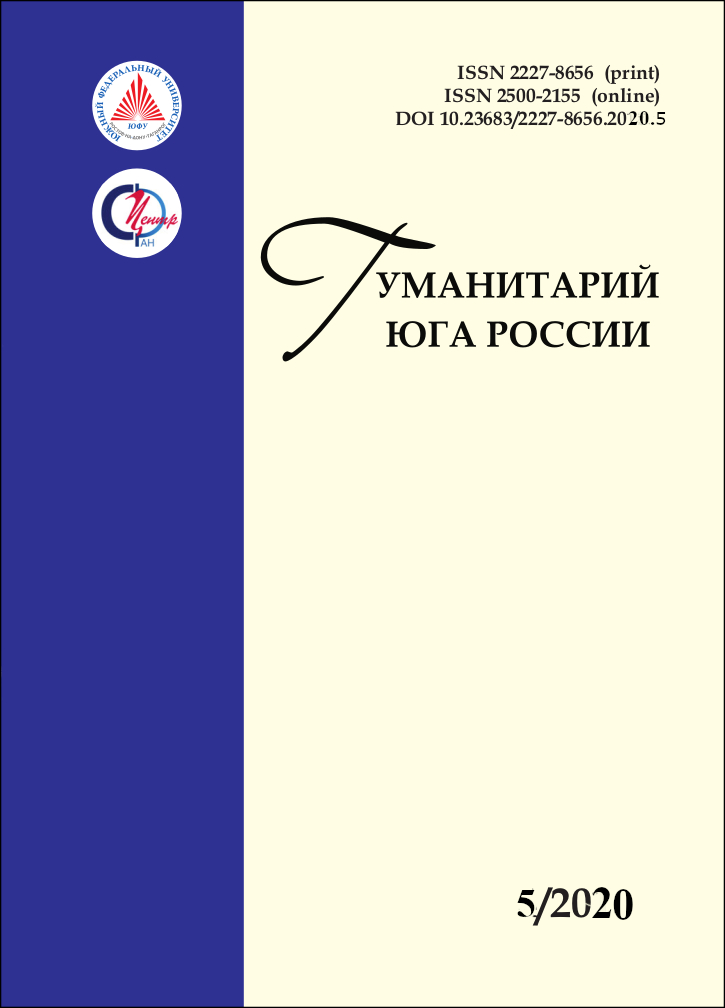Место Fake news в современных коммуникационных практиках
Научная статья
Аннотация
Литература
Быков И.А., Медведева М.В. Медиаграмотность как часть системы информационной безопасности // Вестник МГОУ. История и политические науки. 2020. № 1. С. 24–32.
Горлов М., Боташева А.К. Проблемы массовой коммуникации в глобализирующемся обществе // Система ценностей современного мира. 2014. № 37.
Дорофеева В.В. Фейковые новости в современном медиапространстве // Вопросы теории и практики журналистики. 2019. № 4. С. 774–786.
Ершов Ю.М. Феномен фейка в контексте коммуникационных практик // Вестник Томского гос. университета. Филология. 2018. № 52. С. 245–256.
Манойло А.В. «Фейковые новости» как угроза национальной безопасности и инструмент информационного управления // Вестник Московского университета. Серия 12 : Политические науки. 2019. № 2. С. 37–44.
Никифорова О.О. Политический дискурс, политическая коммуникация и СМИ // Вестник Сургутского государственного педагогического университета. 2014. № 6 (33). С. 36–41.
Чанышева З.З. Информационные технологии смысловых искажений в кликбейт-заголовках // Вестник ПНИПУ. Проблемы языкознания и педагогики. 2016. № 4. С. 54–62.
Lasswell H.D. The Structure and Function of Communication in Society. Urbana: University of Illinois Press, 1960. P. 117–130.
Sukhodolov A.P., Bychkova A.M. Fake news as a modern media phenomenon: definition, types, role of fake news and ways of counteracting it // Вопросы теории и практики журналистики. 2017. № 2. P. 143–169.
Поступила: 28.08.2020
Опубликована: 08.12.2020






